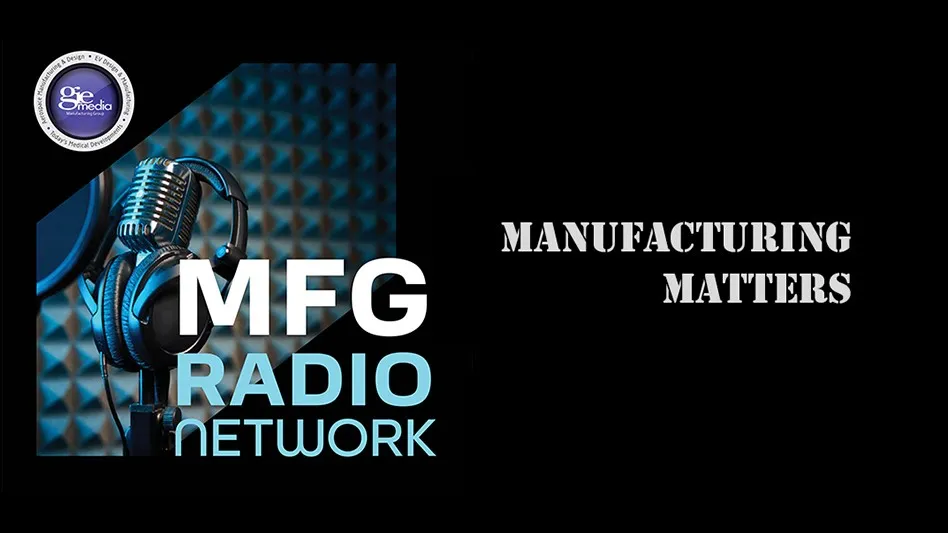
Rock Hill, S.C. – Officials from 3D Systems announced that the company’s Medical Modeling Virtual Surgical Planning (VSP) technology – the combination of its production grade 3D printing and personalized surgery tools – has enabled surgeons to conduct complex surgical procedures on newborn and infant patients with more confidence in safety and success.
VSP allows surgeons to capture a digital model of the patient directly from an MRI or CT scan and work with 3DS' Medical Modeling experts to create a detailed surgical plan and then 3D print physical models and custom surgical guides from 3DS' biocompatible stereolithography (SLA) materials. By accessing 3DS' entire personalized digital thread from perceptual devices like its TouchX(tm) haptic, VSP software tools and the guidance of its expert team of biomedical engineers, surgeons can virtually plan and physically practice critical steps of an operation before a patient ever sets foot in the operating room.
In a representative case, experts from 3DS' personalized surgery team used VSP technology to assist Oren Tepper, M.D. attending surgeon, Division of Plastic and Reconstructive Surgery, Montefiore Medical Center, in planning and conducting groundbreaking surgery on a young girl, Jayla Vargas. Vargas was born with an undersized jaw that inhibited her breathing. Traditionally, in such cases, surgeons have been unable to perform the series of surgeries required to reshape a child's jaw due to the pain and risks associated while the patient is very young. However, utilizing VSP technology Tepper successfully corrected Vargas' jaw much earlier than is typical, at one month old as opposed to 6 years old, and spared her additional years of living with a tracheostomy, a surgically created opening in the windpipe to allow proper breathing.
"VSP represents the latest development in the 3D printing-enabled personalized surgery revolution," said Andy Christensen, vice president, personalized surgery and medical devices, 3DS. "The ability to work seamlessly from a proprietary digital thread to a virtual and, ultimately, an actual world gives surgeons never-before-possible precision and control. Specifically relating to distraction osteogenesis surgery (surgery to lengthen part of the anatomy, in this case the lower jaw) this technology provides the possibility to reduce costs across the healthcare system by providing care at an earlier stage for patients who would traditionally require a longer-term tracheostomy." Christensen continues, "Studies in this area on traditionally-guided (non-VSP) surgeries show that distraction osteogenesis compared with tracheostomy can result in significant economic savings." (Reference 1)
"VSP has not only helped make surgical procedures more precise, but offers the potential to change the scope of what is surgically possible," said Tepper. "In the case of lower jaw lengthening procedures for children, the surgeon can plan the operation on the computer first, and identify any problems before getting to the operating room."
Watch this video to see how one single VSP surgery has changed Vargas’ life forever.
Source: 3D Systems
Reference
1. Kohan E, Hazany S, Roosaeian J, Allam K, Head C, Wald S, Vyas R, Bradley J: Economic advantages to a distraction decision tree model for management of neonatal upper airway management. Plastic and Reconstructive Surgery, 2010 Nov;126(5):1652-64.
Latest from Today's Medical Developments
- Endeavor 3D’s strategic relationship with Materialise and HP
- Aerotech’s Automation1 2.7
- MathWorks accelerates development of software-defined workflows in medtech with NVIDIA
- BISON’s RAM Reverse Air Movement Blower Motor technology
- Pump for kids’ failing hearts
- Flexiv Robotics’ collaboration with BlackBerry QNX
- #35 Lunch + Learn Podcast - How to use Autodesk Fusion with TATA Technologies
- mimic joins race to develop the first AI-driven cobot





